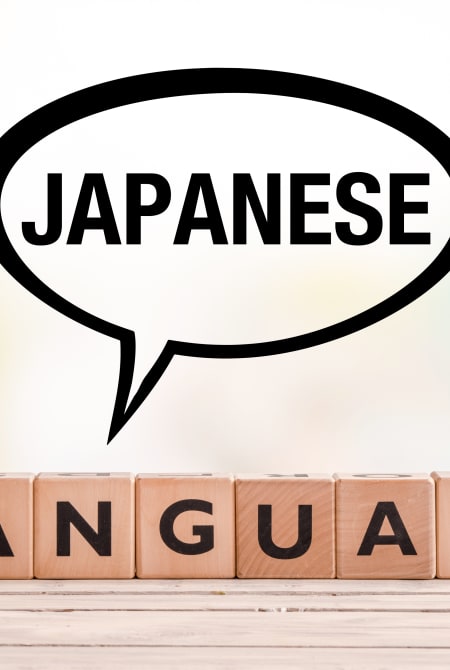There are few people out there, with even the vaguest knowledge of Japan, who would fail to recognise the poise and grace of a perfectly-coiffed, chalk-faced lady decked out in fine silk kimono and precarious footwear. But rather than their iconic style, it’s the secrecy surrounding their profession that has fueled the curiosity of foreigners and locals alike.

Geiko are still part of the Kyoto arts scene
Even a brief glimpse of geisha on the dimly-lit streets of one of Kyoto’s go-kagai (five geisha districts) can be a great thrill. Luckily for visitors who are especially keen for a more meaningful encounter with geisha, though, this is gradually becoming easier.
Geisha, literally meaning “arts person” are best described as high-end entertainers. They train in a wide range of traditional performing arts, as well as etiquette, and most often, tea ceremony. Most of the roughly 250 working geisha today in Kyoto are not from the city, and so are obliged to study the Kyoto dialect too. The art of conversation is another skill these young women must master in their career, so they sometimes take classes in current affairs in order to better relate to their clientele, who are usually high-earning professionals or executives.
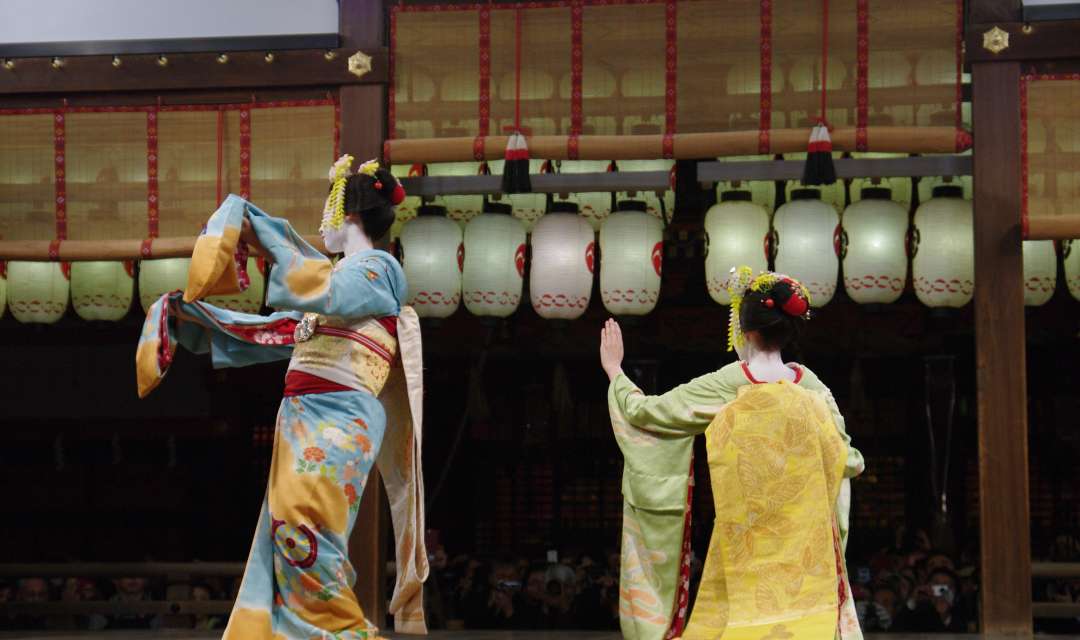
Geiko train in a wide variety of performing arts and entertainment
Geisha trainees will ideally start at 15 years of age, after completing junior high school. They live at an “okiya” residence, run by an okami, a mother figure likely to have been a geisha herself in her youth. After about a year, or when their okami sees fit, they start to attend receptions as a maiko apprentice, in the iconic garb and makeup.
Training lasts five or six years before the women become fully-fledged geisha (called geiko in Kyoto) and thereafter live independently.
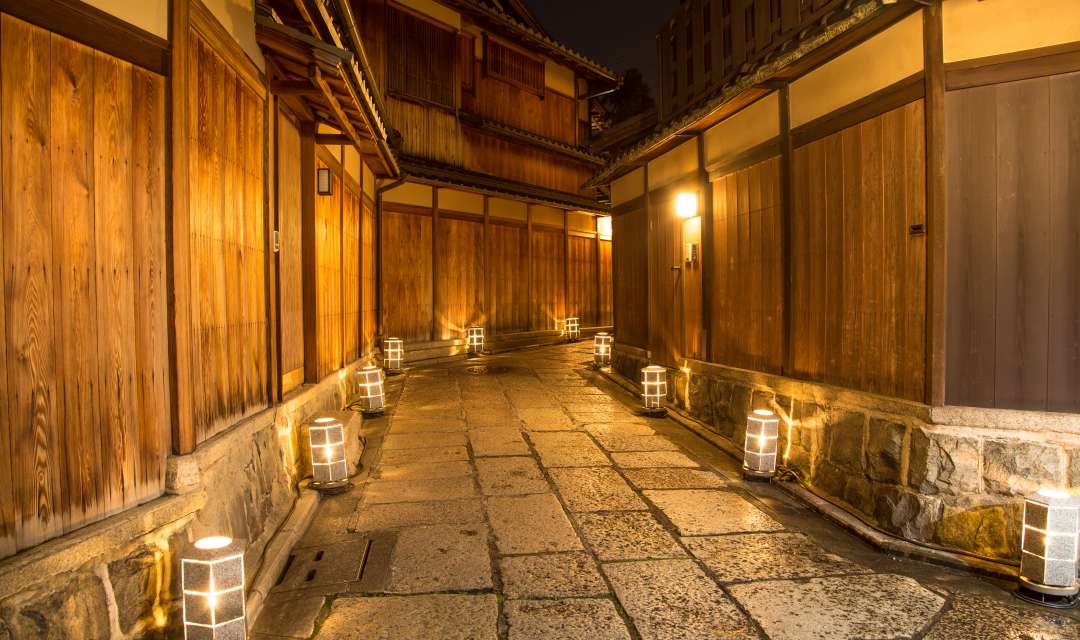
Around 6pm and 9pm are the best opportunities to spot geiko on the streets of Kyoto
In spite of the glamour—and sometimes, fame—the job of a geisha is not for everyone. It entails a grueling schedule, with engagements running late into the night. The essentials are costly: a newly independent geisha will pay millions of yen for several kimono, props and a special wig unless they find a patron. Needless to say, dropout rates among new recruits can be high!
Geisha engagements are invariably in the evening at ochaya “teahouses” or the banquet rooms of restaurants, so the likelihood of seeing them between such appointments will be highest from around 6pm, and again around two-to-three hours later. These ochaya usually only accept customers on an introduction-only basis.
The good news is that there are many travel agencies and hotels in Kyoto lately with connections to the geisha world, that will arrange group and private receptions for you. These experiences can include drinks, dinner, an interpreter and a jikata musician. There are many options out there, so do some sleuthing to see what suits you and your budget.
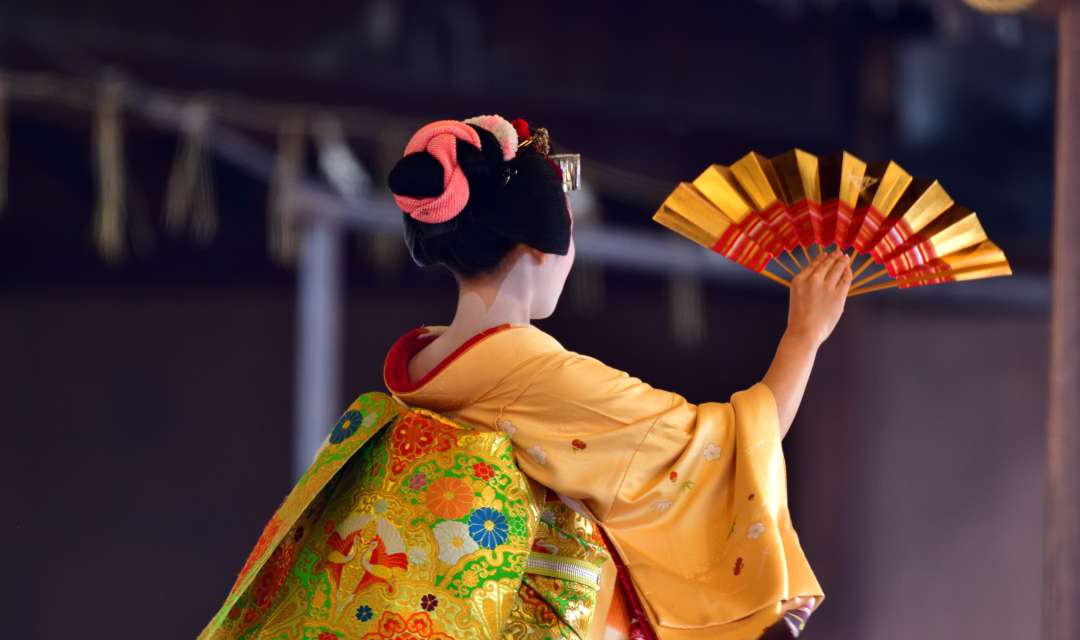
Geiko perform at select public events throughout the year
Geiko and maiko have several engagements through the year, which members of the public have the opportunity to witness — though be prepared to compete with hordes of camera-wielding fans for the best vantage point! Some free opportunities to see geisha are when they toss soy beans into the crowd at the Setsubun Festival in February, or liberate thousands of goldfish from wooden pails into a Gion stream during the Buddhist Hojo-e ceremony in June.
In case you needed additional reasons to visit Kyoto in the spring, four of the annual geisha dances are held between late March and late May. The Kamogawa Odori, Kyo Odori, Miyako Odori and Kitano Odori take place at each of the dedicated kaburenjo theaters for each district. Tickets can usually be purchased on the day, with an optional bowl of tea beforehand. These performances, usually a combination of dance and theater, are a feast for the eyes, with sumptuous sets and props. The repertoire also rotates each year. Only the Gion Odori is held at the height of the autumn season, in November.
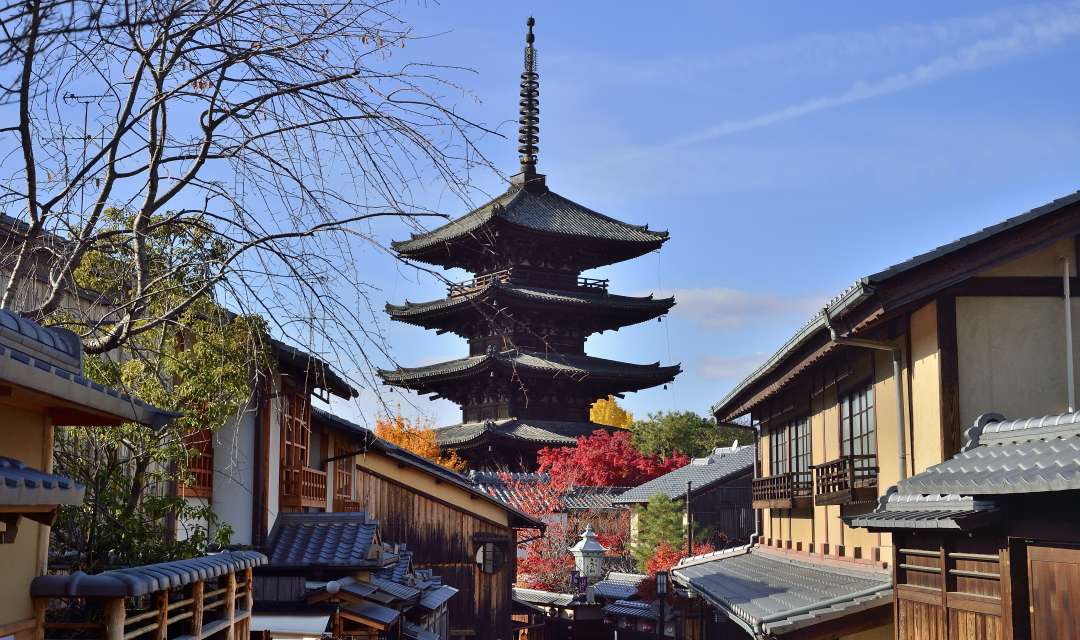
Most geiko and maiko live and work in Kyoto
When it comes to certain events on the geisha calendar, though, a little knowledge of Japanese goes a long way. There are geisha fan groups online, and those with insider information will post about special occasions, such as upcoming maiko debut, called misedashi, or erikae, when a maiko qualifies to become a geiko. There are also a small number of geisha using Instagram too, who may post about forthcoming events.
-
About the author
Lucinda "Ping" Cowing is an Asia travel specialist, and director at the award-winning, non-profit magazine, Kyoto Journal. She lives a nomadic existence, moving between Japan, Taiwan and Portugal.




























































